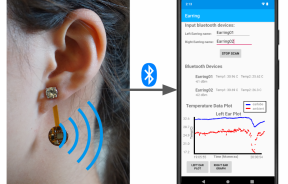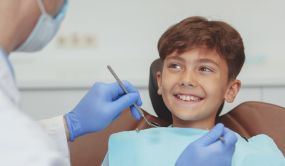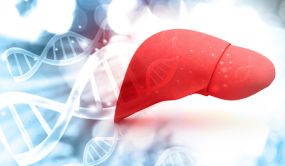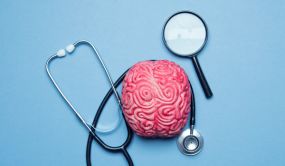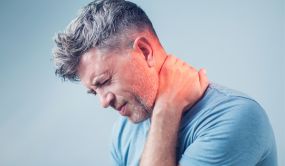What Is PAD? Silent Killer With No Cure Affects Over 10 Million Americans
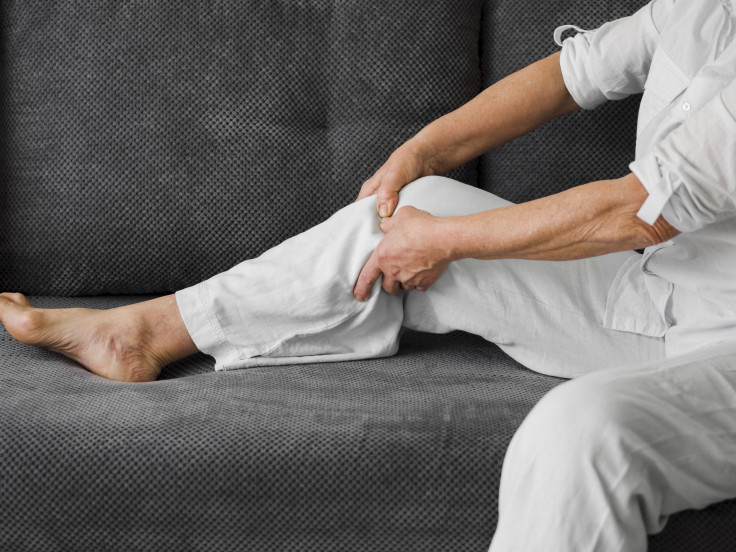
A silent killer with no permanent cure, peripheral artery disease (PAD), is drawing increasing attention as researchers warn it affects over 10 million Americans aged 40 and older. This serious condition, which can lead to limb loss and even death, is often underdiagnosed and undertreated.
Peripheral artery disease is a condition that happens when the arteries that supply blood to the arms and legs become narrowed or blocked due to a buildup of plaque. This reduces blood flow, especially to the legs, and can cause pain, numbness, or even serious complications like infections, gangrenes, and in severe cases, limb loss, heart attacks, and strokes.
In a recent study, researchers evaluated more than 7000 patients with peripheral artery disease to determine their mortality risk, the level of treatment they received, and their risk of having either a major cardiac event, like heart attack, stroke, or death, or major limb amputation.
Researchers found that less than a third of people with PAD received the full recommended care, with 29.6% of women and 33.5% of men getting all the necessary treatments. While both men and women were referred to specialists at similar rates, women were more often referred to primary care providers. The study also showed that women were slightly less likely than men to experience serious complications like major heart problems or limb amputation.
The most striking reveal was that regardless of gender, the patients had more than a 50 percent chance of dying from the condition.
"In our study, we found a high rate of non-treatment of peripheral artery disease along with higher levels of mortality in these patients. Based on our findings, we think health systems can do a better job at screening patients for peripheral arterial disease and treating them for it. These findings represent an opportunity to improve and implement systems of care, especially for women," said lead author, Viet T. Le, associate professor of cardiovascular research at Intermountain Health.
Dr. Le explained that everyone with PAD should receive antiplatelet therapy and statins, but only about one in three actually get them.
The issue is not because the doctors lack concern or are not aware of the guidelines, but symptoms of PAD like leg pain can be misleading and treated by various specialists who may not be familiar with the guidelines.
Although PAD can quietly develop without obvious signs, certain symptoms may signal its presence. Common signs include cold feet, leg pain or cramping during activity that eases with rest, and sores on the legs or feet that do not heal. Physical changes in the legs such as muscle weakness, hair loss, shiny or cool skin, and decreased pulses in the feet may also indicate poor blood flow caused by PAD. The condition becomes more common with age and is especially prevalent among people over 65.











